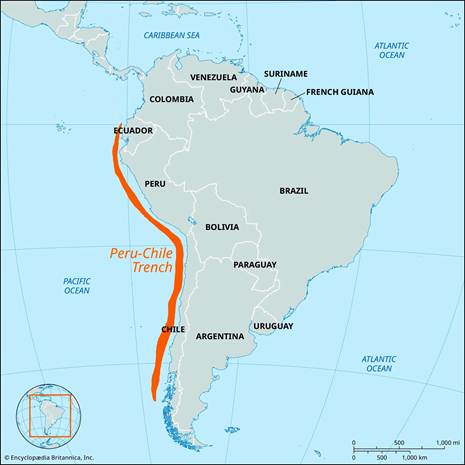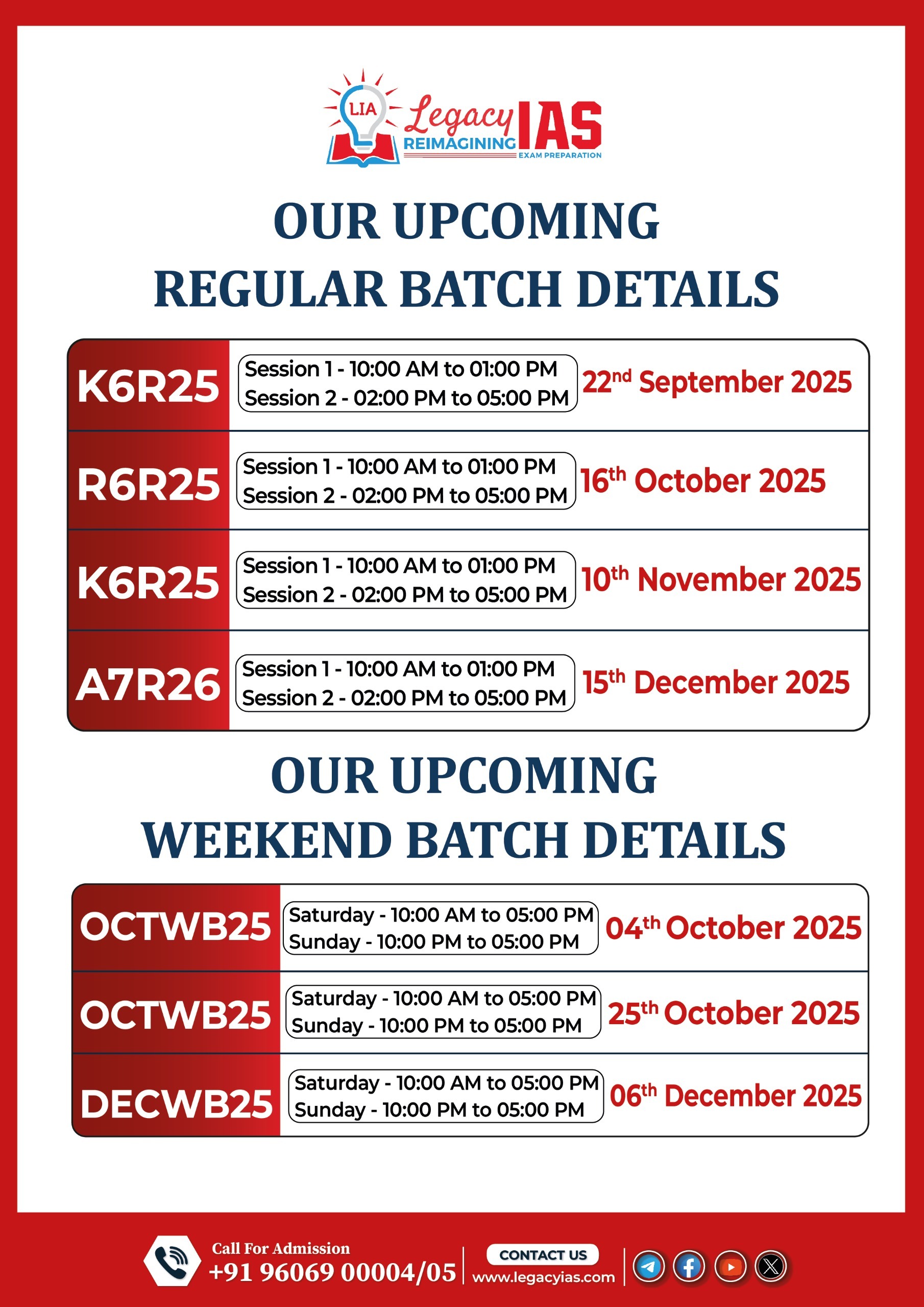Why in News ?
- India has made “substantive progress” in FTA negotiations with Peru and Chile (Oct 27–Nov 5, 2025 visit by Indian delegation).
- Talks aim to boost cooperation in critical minerals, automobiles, pharmaceuticals, textiles, and food processing.
- These FTAs are part of India’s trade diversification strategy, especially amid US tariff hikes (50%) on Indian exports in Aug 2025.
Relevance
GS-2 (International Relations):
- Deepening South–South Cooperation; part of India’s outreach to Global South and Latin America.
- Strengthens India’s position against China’s growing influence in the region.
- Expands strategic partnerships in critical minerals (lithium, copper).
GS-3 (Economy):
- Trade diversification amid US tariff escalation (2025).
- Integration of FTAs with energy transition goals — EVs, Green Hydrogen, and ACC battery PLI.
- Strengthens India’s export basket (pharma, auto, textiles) and raw material security.
- Supports “Atmanirbhar Bharat” via assured critical mineral supply chains.

Background
- Latin America’s strategic role: Resource-rich region with high demand for Indian goods and potential for South-South cooperation.
- India–Chile PTA (Partial Scope Agreement):
- First signed in 2006, expanded in 2017 (covering ~2,000 products).
- Ongoing FTA aims to upgrade and broaden coverage to services, investments, and critical minerals.
- India–Peru FTA: Negotiations launched in 2017; 9th round held in Lima (Oct 2025) — now nearing finalization.
Strategic and Economic Significance
1. Access to Critical Minerals
- Peru and Chile among the world’s largest producers of lithium, copper, zinc, and molybdenum.
- Chile: 2nd largest lithium producer (after Australia).
- Peru: 2nd largest copper producer globally.
- Essential for India’s energy transition — electric vehicles, solar, and battery manufacturing under National Green Hydrogen Mission and PLI for ACC batteries.
2. Trade Diversification
- Counters heavy dependence on US, EU, and China.
- Latin America offers emerging market demand and new supply chains for Indian manufacturing and services.
3. Tariff and Market Access
- The US’s 50% import tariff (Aug 2025) on select Indian goods (steel, aluminum, textiles) makes Latin America a priority export alternative.
- India seeks zero or reduced tariffs on:
- Pharmaceuticals (India exports ~$700 million/year to Latin America)
- Automobiles and auto parts
- Textiles and processed foods
4. Complementary Economies
- India: Services and industrial strength.
- Peru/Chile: Resource and commodity wealth.
- Creates scope for balanced trade, unlike India’s China or US trade deficits.
Current Trade Data (2024–25)
- India–Latin America trade: ~$52 billion.
- India–Chile trade: ~$4.5 billion.
- India–Peru trade: ~$3 billion.
- Top Indian exports: Automobiles, pharmaceuticals, textiles.
- Top imports: Copper, minerals, and pulp.
Progress in Negotiations (2025 Rounds)
- Peru: 9th round concluded; next round planned for New Delhi, Jan 2026.
- Chile: Technical discussions advanced on goods, services, investment, and critical minerals cooperation.
- Both sides agreed to intersessional meetings to resolve pending chapters.
Broader Geoeconomic Implications
- Strengthens India’s role in Global South cooperation under IBSA and BRICS+ frameworks.
- Provides leverage against China’s expanding influence in Latin America (China–Chile FTA operational since 2006).
- Supports India’s Atmanirbhar Bharat and energy security goals by ensuring steady critical mineral supply.
Challenges Ahead
- Logistical barriers: Long shipping routes, high freight costs.
- Non-tariff barriers: Sanitary, phytosanitary, and technical standards.
- Investment protection clauses and services liberalization remain contentious.
- Competition from China: Deeply entrenched trade networks in both Peru and Chile.
Way Forward
- Fast-track negotiations to finalize by mid-2026.
- Link FTA outcomes with India’s Critical Minerals Mission (2023) for assured supply chains.
- Promote triangular cooperation — India–Latin America–Africa for technology and manufacturing.
- Expand pharma, EVs, and renewable energy collaboration.



